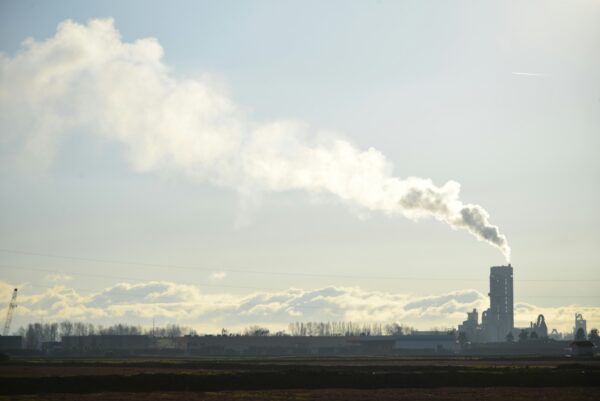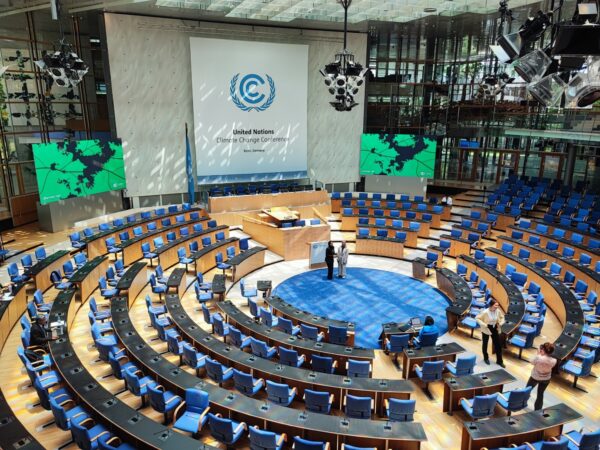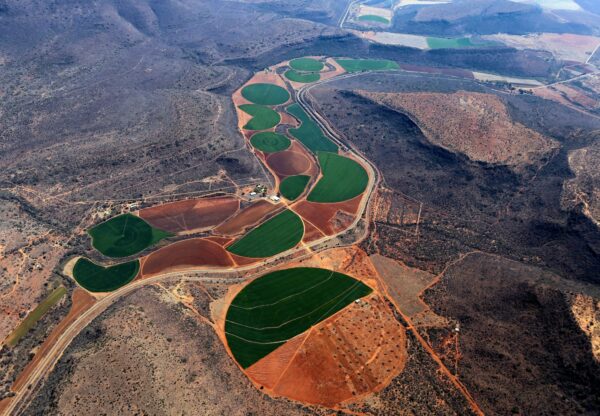Advisory opinion on "Climate emergency and human rights"
Authors

The request for an Advisory Opinion raises what is a critical issue of our time: the extent of a State’s obligations to respond to the climate emergency – including the differentiated impacts of this emergency on individuals from diverse regions and population groups, as well as on nature and on human survival on our planet. It outlines the intricate intersections of climate change, human rights, and state obligations, with a specific emphasis on the unique challenges faced by Caribbean nations.
This amicus brief is based on a range of international legal sources, including judgments of the International Court of Justice, the jurisprudence of the Inter-American Court of Human Rights, decisions of other regional human rights courts and commissions, concluding observations and general comments of United Nations human rights treaty bodies, reports by the Intergovernmental Panel on Climate Change (IPCC), UN special procedures, resolutions of human rights organisations, the United Nations Framework Convention on Climate Change (the Convention) and the Paris Agreement (PA), and decisions taken to give effect to these treaties as well as other relevant sources.
The paper addresses the following questions:
- What is the scope of the State’s duty of prevention with regard to climate events caused by global warming, including extreme events and slow onset events, based on the obligations under the American Convention, in light of the Paris Agreement (PA) and the scientific consensus which recommend that global temperatures should not increase beyond 1.5°C?
- In particular, what measures should States take to minimise the impact of the damage due to the climate emergency in light of the obligations established in the American Convention? In this regard, what differentiated measures should be taken in relation to vulnerable populations or based on intersectional considerations?
- What should a State take into consideration when implementing its obligations:
(i) to regulate;
(ii) to monitor and oversee;
(iii) to request and to adopt social and environmental impact assessments;
(iv) to establish a contingency plan, and
(v) to mitigate any activities
under its jurisdiction that exacerbate or could exacerbate the climate emergency? - What principles should inspire the actions of mitigation, adaptation and response to the losses and damage resulting from the climate emergency in the affected communities?
- What should a State take into consideration when implementing its obligations:
- What is the nature and scope of the obligation of a State Party to adopt timely and effective measures with regard to the climate emergency in order to ensure the protection of the rights of children derived from its obligations under Articles 1, 4, 5, 11 and 19 of the American Convention?
- What is the nature and scope of a State Party’s obligation to provide children with significant and effective means to express their opinions freely and fully, including the opportunity to initiate or, in any other way, to participate in any administrative or judicial proceedings concerning prevention of the climate change that represents a threat to their lives?
The paper argues the scope and adequacy of the measures taken by states to address climate change in accordance with the purpose and goals of the Paris Agreement and the United Nations Framework Convention on Climate Change must be considered in the context of their existing human rights obligations.
The latest IPCC publication’s key finding relates to the “established fact” that human-caused greenhouse gas emissions have “led to an increased frequency and/or intensity of some weather and climate extremes since pre-industrial times”. The IPCC also states that ‘human-caused climate change is already affecting many weather and climate extremes in every region across the globe’ leading to ‘widespread adverse impacts and related losses and damages to nature and people (high confidence)’. The IPCC goes on to state that [v]ulnerable communities who have historically contributed the least to current climate change are disproportionately affected. (A.2 IPCC AR6 SYR)
The Inter-American Court of Human Rights aims to protect children from harm caused by climate change. Children are particularly vulnerable to climate change as their rights to life, housing, health, food, humane treatment, privacy, and freedom of expression are at stake. This amicus curiae advocates for a timely and effective approach to provide measures that will ensure the protection of children's rights.
In offering responses to the questions posed, the Inter-American Court should consider the need for collaborative efforts, acknowledging the distinct challenges, vulnerabilities, and obligations of particular regions and peoples. This amicus curiae stands as a testament to regional cooperation and leadership in the face of the shared climate emergency.











